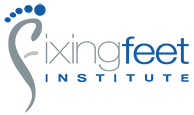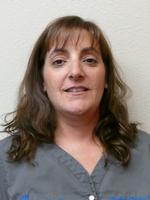Peripheral arterial disease, or PAD, is a circulation issue that can be very dangerous because it means that your heart and brain and other vital organs are not getting enough blood pumped to them. Getting this condition diagnosed and treated is extremely important and should be done at the first sign of a problem.
What Is PAD?
PAD stands for peripheral arterial disease. It is a very serious circulatory problem that can result in massive consequences if left untreated. PAD causes the arteries to become narrowed due to fatty build-ups (artherosclerosis). A person with PAD may feel like their legs are cramping up, especially when they are exercising. This symptom is also known as intermittent claudication, and it means that the muscles are not getting enough blood flow.
Unfortunately, intermittent claudication is usually the only warning sign of PAD, but some people experience no symptoms at all. However, some things to keep an eye out for include: leg numbness, cold limbs, sores that will not heal, discoloration, lack of hair growth on the legs, shiny skin, and a weak pulse. Any of these might indicate that you have PAD.
How Can You Treat PAD?
Once you know that you have PAD you can begin treatment. Treatment has two goals: to ease any leg pain you may have and to stop the progression of the artherosclerosis in your arteries. The second one is the most important because it can reduce the risk of heart attack or stroke. Sometimes making simple lifestyle changes is enough, but in many cases the progression is too far and medical attention is needed.
Your doctor may prescribe any number of medications (to lower your cholesterol, to lower your blood pressure, to help manage your blood sugar, to help prevent blood clots, and/or to ease your pain). In some cases an operation is necessary. An angioplasty opens the arteries back up while getting rid of the blockage. A stent may be required to hold it open. A bypass allows your blood to go around the blockage by way of another vein. If you have a clot it can be very dangerous, and a thrombolytic procedure can break it up so it no longer poses a threat.
Making Lifestyle Changes for Future Prevention
Making lifestyle changes to avoid PAD or reverse its effects is crucial to staying healthy. If you are a smoker you should strongly consider quitting. We all know the dangers of smoking, but addiction is very real and quitting can be hard. Even so, this lifestyle change can make a big difference for your health.
Daily exercise is also very important. Not only does it keep you healthy, but it indicates how severe your symptoms are. If you have leg pain, you are probably unlikely to walk as far as someone who feels no discomfort. As always, it is a good idea to eat a diet rich in lean proteins, leafy greens, fruits, and whole grains. These types of foods are low in saturated and trans-fats and will lower your cholesterol and blood pressure. This is essential in reducing the progression of artherosclerosis.


